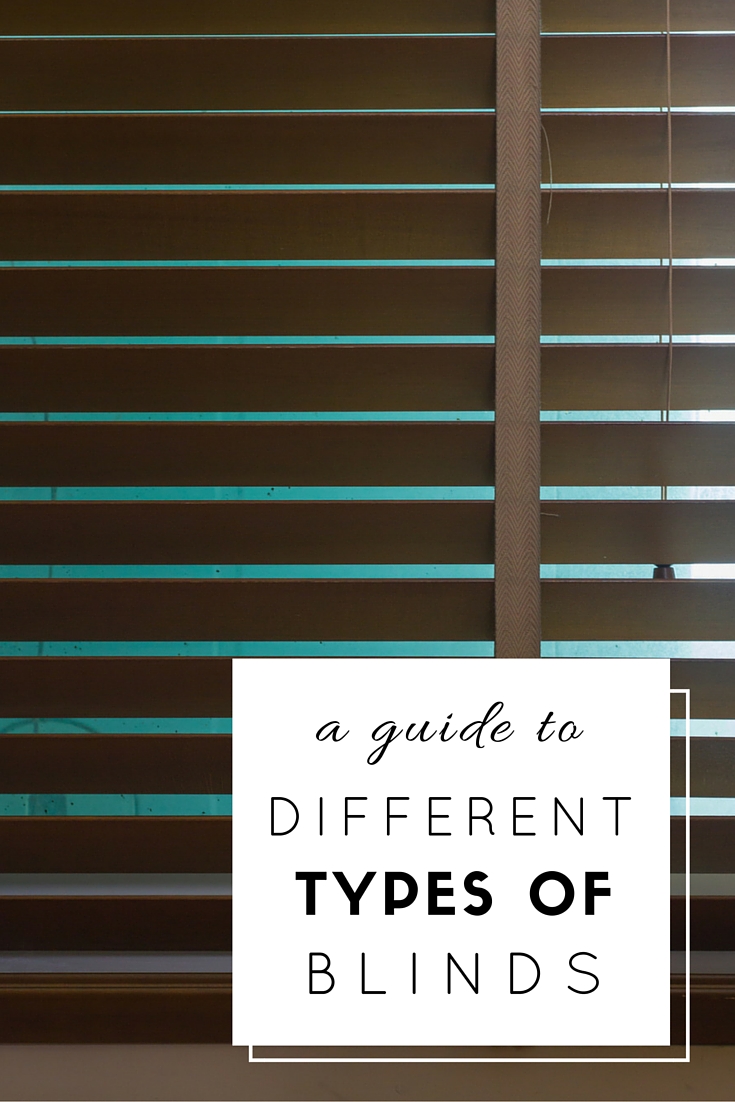22 Oct Guide To Different Type of Blinds
A Guide to Different Types of Blinds
 With the many energy efficient and sunlight blocking varieties of blinds available today, it can become overwhelming selecting the perfect blinds for your home. Each type of blind carries with it unique advantages, and you’ll want to make sure that the type of blind that you select perfect suits your window treatment needs. In case you’re having trouble pinpointing the advantages of each particular type of blind, here is a brief look at the three types of high-quality blinds that you’ll find here at Wasatch Shutter.
With the many energy efficient and sunlight blocking varieties of blinds available today, it can become overwhelming selecting the perfect blinds for your home. Each type of blind carries with it unique advantages, and you’ll want to make sure that the type of blind that you select perfect suits your window treatment needs. In case you’re having trouble pinpointing the advantages of each particular type of blind, here is a brief look at the three types of high-quality blinds that you’ll find here at Wasatch Shutter.
Wood
Wood horizontal blinds are a great alternative to shutters and add a sophisticated touch to any home. Wood blinds are most commonly made from basswood, which is a naturally pale white to light brown wood that features a fine and even texture and uniform coloring. Basswood is known for high workability, light weight, and durability. You can, however, also find blinds made from other woods such as abachi and ash. Wood blinds are usually more of an investment than faux-wood blinds, but you get unmatchable elegance in return. Contrary to what you might think, wood blinds actually tend to be lighter in weight than faux wood blinds. This makes wood blinds great for especially large windows.
Faux wood
Faux wood horizontal blinds are very much like their wood counterparts, only they are not 100% real wood. Faux wood blinds are typically made from a variety of wood alternatives, such as PVC-free polymer, a PVC/vinyl material, or even a wood/vinyl “alloy.” They are specially crafted to imitate wood while offering a variety of other benefits, such as heat, moisture, and fading resistance. Faux wood blinds tend to be heavier than wood blinds, but they are still highly convenient to use and easy to maintain. Faux wood blinds typically cost less than wood blinds do.
Vertical
Vertical blinds offer a type of light control that other types of blinds simply can’t, and they are great for controlling light on wide window expanses and patio and sliding glass doors. You’ve likely seen cheaper vertical blinds installed in apartments that feature a sliding glass door and a patio, but many vertical blinds available today are made from much more durable materials, such as hardwood, fabric, and vinyl. Vertical blinds are especially convenient for how they can be moved horizontally, and their individual panels are very easy to replace.
Questions?
If you have any other questions post them in the comments or feel free to reach out to a specialist today.

Sorry, the comment form is closed at this time.